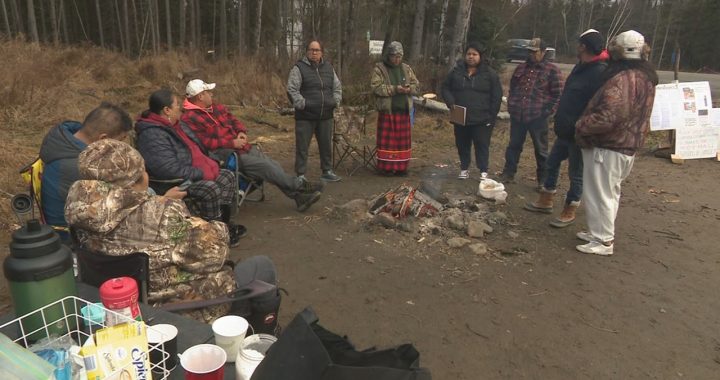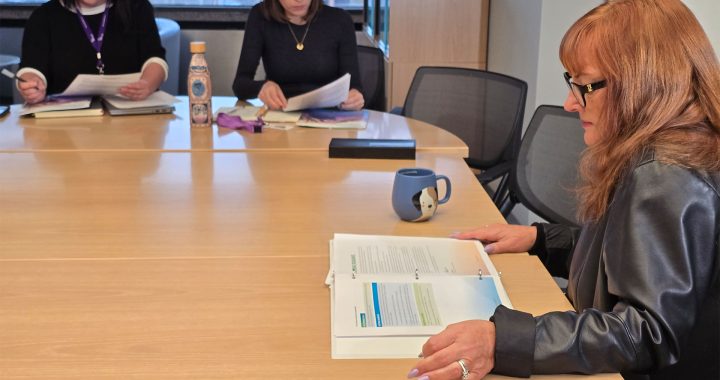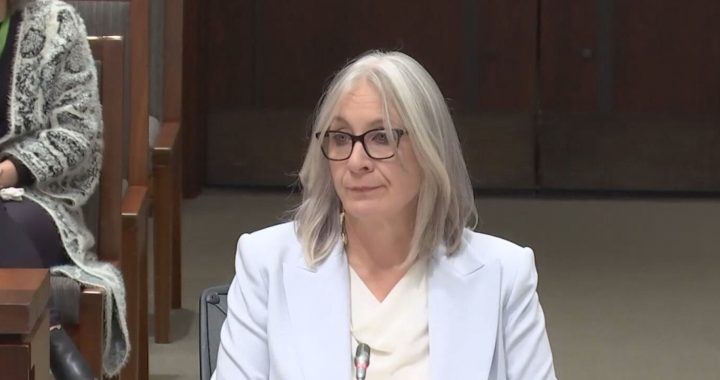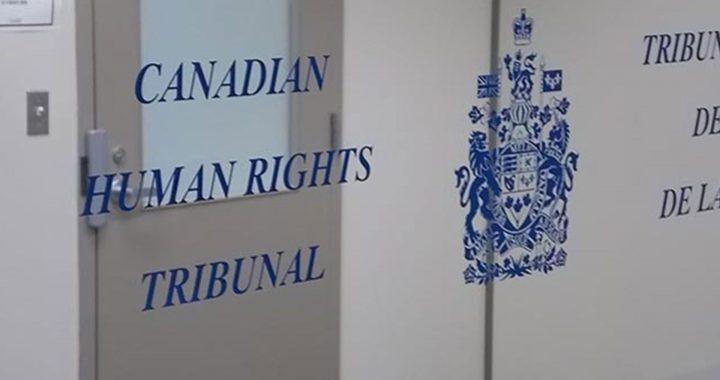
Survivors and supporters at the gathering for the release of the report of ground penetrating radar results at St. Bruno's residential school. Photo: Shane Pospisil/supplied
It was an emotional weekend for residential school survivors as over 1,000 people joined in from across Treaty 8 at the St. Bruno’s Indian Residential School Gathering as local chiefs and the University of Alberta released a report showing 88 potential unmarked graves.
The report released at the gathering uses the phrase “potential unmarked graves” and notes that the results are not meant to be taken as definitive proof of 88 grave sites.
Fourteen of those graves are listed as ‘likely’ meaning that there are multiple indicators, such as the size and shape of a potential grave.
According to a news release from Driftpile Cree Nation Chief Dwayne Laboucan, the University of Alberta’s summary report “speaks for itself.”
“The trauma and pain of our shared experiences is not just a part of history, they have and are continuing to be transferred intergenerationally…the residential school legacy continues to affect our people to this day,” said Laboucan.
Chief Roderick Willier, who is the grand chief of the Lesser Slave Lake Indian Regional Council, said in a news release that as a survivor of St. Bruno’s residential school, the identification of potential graves has been “incredibly painful and emotional.”
“But so too are the oral testimonies and records we have systemically been collecting from survivors and other sources over the years on the horrific treatment all us kids had to endure,” said his statement.

Oral testimonies and other archival records will be phase two of the project at St. Bruno’s residential school.
Kisha Supernant and her team at the Institute of Prairie and Indigenous Archeology or PIA, conducted phase one of the ground penetrating radar (GPR) study in June 2022. The initial assessment included the cemetery, root cellars, and select areas of the school yard.
Supernant spoke to APTN News about the search process and the findings.
“It is one step,” said Supernant about the process of identifying unmarked graves. “Ground penetrating radar cannot prove that there is a grave in a location or that there is anything in the grave but we can have environments where we are confident that there is a likely grave.”
GPR is not able to confirm the presence or absence of human remains, but it helps to pinpoint locations where further analysis of study is needed, Supernant said.

According to the report “the majority of the potential unmarked graves were located within or just outside of the Jossard Community Cemetery.”
Supernant said that this area was searched because a lot of markers were missing.
“Right next to the residential school, not far from where the building was there was an is a cemetery. We looked in that area because there are a lot of places where there aren’t markers,” said Supernant
She also said that starting the GPR search in cemeteries provides a good baseline for what suspected graves could look like in the area.
Ground penetrating radar “is a geophysical technique that looks for changes in signals sent by the GPR as they move through the ground and return to the antenna,” according to the report.
The process is lengthy
The search for unmarked graves has been a multi-year search at sites across Canada. A part of the reason for the length of time is weather conditions. GPR does not work well when there is snow on the ground.
“Our window [for searching] is shorter in Alberta,” said Supernant.
The work itself is slow.
“We were out for 8 days we covered 1.8 acres…all that data took us several months to go from collecting it to getting results,” said Supernant.
They have two researchers independently review the data to make sure the findings are consistent.
“We say it takes five to ten times to interpret than it does to collect the data,” said Supernant.
After that, additional research is done to confirm the gravesites.
Many communities are still discussing what should be done in the areas of potential graves as some communities do not believe in disturbing the dead once they have been laid to rest.
“Rather than repatriating the remains of our loved ones, our precious little ones, as some have suggested…many of us now strongly believe that the former residential school site itself is what needs to be repatriated,” said Willier.









